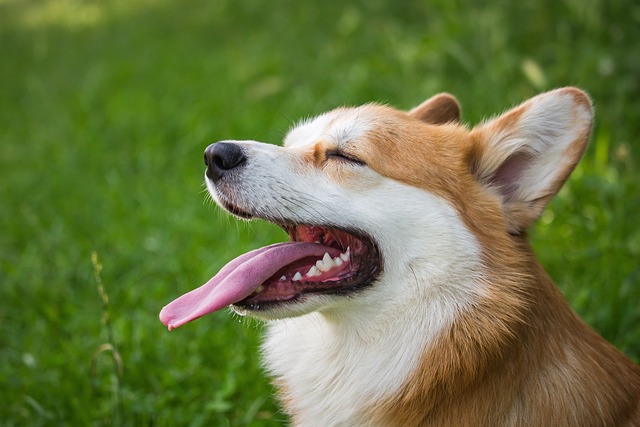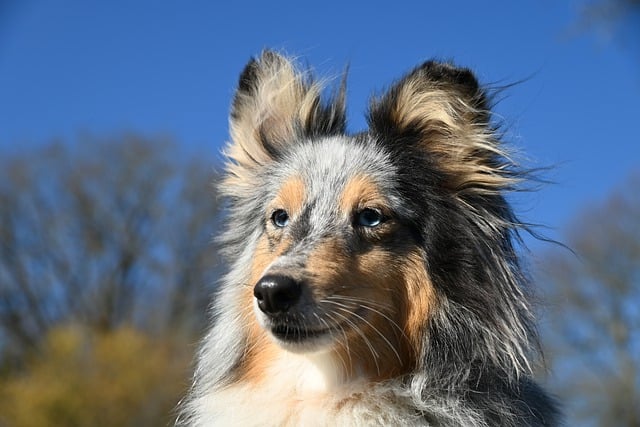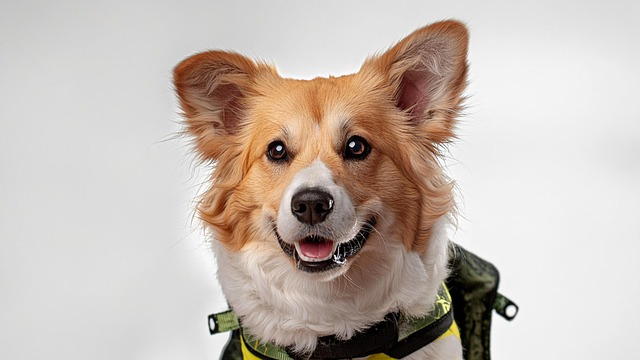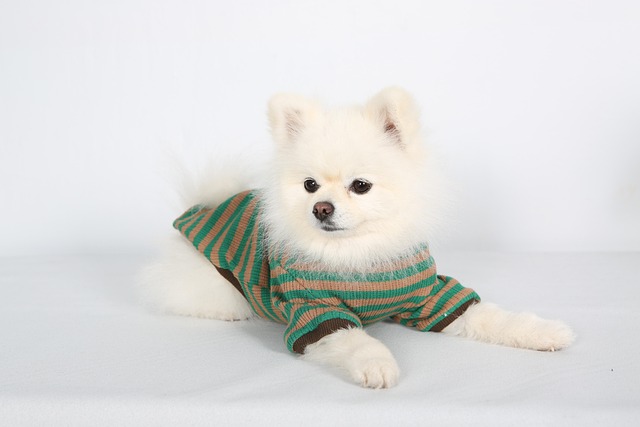
What vitamin is good for dogs' skin
Seeing your dog constantly scratch or noticing dry, flaky skin can make you wonder if a simple vitamin might be the solution.
The Afghan Hound’s luxurious coat is more than a fashion statement—it’s a hallmark of the breed’s heritage, honed over centuries to protect against harsh mountain climates. Grooming this elegant sighthound isn’t just about aesthetics; it’s a vital part of their health and well-being, requiring a mix of patience, technique, and an understanding of their unique needs. Whether you’re a first-time owner in London or a seasoned dog lover in rural Vermont, mastering the art of Afghan Hound grooming starts with recognizing that their long, fine fur demands consistent care to prevent matting, which can lead to skin irritation or infections.
Begin with the basics: a high-quality slicker brush and a metal comb should be your daily companions. Unlike short-haired breeds, Afghan Hounds can’t rely on occasional brushing to stay tangle-free. Aim for 10-15 minutes each day, working in sections from the ears down to the feathered legs, taking extra care around the armpits and belly where moisture tends to collect—especially after walks in rainy European weather or humid American summers. A 2023 survey by the American Kennel Club found that 65% of Afghan Hound owners who groomed daily reported fewer skin issues than those who brushed weekly, underscoring the importance of regularity.
Bathing is another critical step, but overdoing it can strip their coat of natural oils. Most owners find that a bath every 4-6 weeks strikes the right balance, using a hypoallergenic shampoo approved by organizations like the UK’s Pet Food Manufacturers’ Association or the USDA. Avoid harsh soaps, which can cause dryness, and always rinse thoroughly—leftover shampoo residue is a common culprit behind itchy skin. After bathing, resist the urge to rub with a towel; instead, gently squeeze excess water from the fur, then let them air-dry partially before finishing with a low-heat blow dryer. This method protects their delicate hair shafts from damage, a tip shared by professional groomers at the Westminster Kennel Club.

Nail care often gets overlooked, but in many European countries, including Germany and France, overgrown nails that hinder movement can be considered a violation of animal welfare laws. Use a guillotine-style clipper designed for large breeds, trimming just the tip to avoid the quick—a mistake that not only hurts your dog but may require a vet visit, which could delay compliance with local licensing checks. Similarly, checking and cleaning their ears weekly is non-negotiable. Their floppy ears trap dirt and wax, making them prone to infections, a issue that’s particularly relevant in regions with strict public health codes, such as parts of California where unkempt pets in public spaces can result in fines.
Beyond the physical routine, grooming sessions offer a chance to bond with your Afghan Hound, strengthening the trust that’s essential for this sometimes-independent breed. Many owners find that pairing brushing with a favorite treat or a short game of fetch turns a chore into a positive experience. It’s also a good time to inspect for ticks, especially during peak seasons in areas like the northeastern U.S. or the Scottish Highlands, where Lyme disease is prevalent. Remember, in countries like Sweden, failure to protect your dog from parasites can be grounds for intervention under animal welfare legislation, so integrating tick checks into your grooming routine isn’t just smart—it’s legally sound.
Professional grooming can be a valuable supplement to at-home care, especially for trimming around the paws and sanitary areas, which require precision. When choosing a groomer, look for someone experienced with sighthounds; their sensitive skin and unique coat texture demand a lighter touch than, say, a Golden Retriever. In the U.K., ensure any groomer you hire is registered with the National Dog Groomers Association, as unqualified handlers may inadvertently damage the coat or cause stress. Across the pond, in states like New York, groomers must adhere to specific hygiene standards, so don’t hesitate to ask for proof of compliance.
Finally, remember that grooming is a reflection of responsible pet ownership, a value deeply ingrained in both European and American cultures. A well-groomed Afghan Hound isn’t just a joy to behold—it’s a sign that you’re meeting their needs, from physical health to emotional comfort. Whether you’re navigating the busy streets of Paris or the wide-open spaces of Texas, the time you invest in their coat will pay off in a happier, healthier companion. After all, these dogs weren’t bred for ease of care—they were bred for beauty, resilience, and grace. Grooming them is how we honor that legacy.

Seeing your dog constantly scratch or noticing dry, flaky skin can make you wonder if a simple vitamin might be the solution.

If you’re a new dog parent in the US—maybe you’re sitting on your Portland apartment couch, staring at your 1-year-old Australian Shepherd

If you’re a new dog parent in the US—maybe you’re sitting on your Atlanta apartment floor, holding your 6-week-old Beagle puppy, Daisy, who’s curled up in your lap

If you’re a new dog parent in the US—maybe you’re standing in your Denver apartment’s kitchen, staring at a bag of high-quality puppy kibble and a bottle

Seeing your puppy grow daily is amazing, and it’s natural to want to give them every advantage, including supplements.

Brown stains on white dog fur aren’t just unsightly—they can also hint at underlying issues like tear duct irritation or poor grooming habits, which matter even more when you’re following local pet care laws.